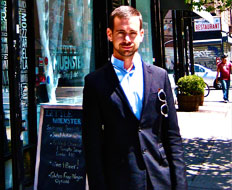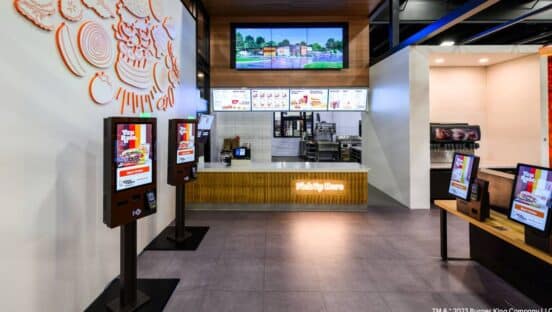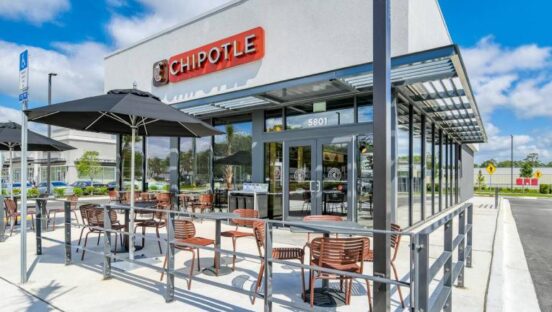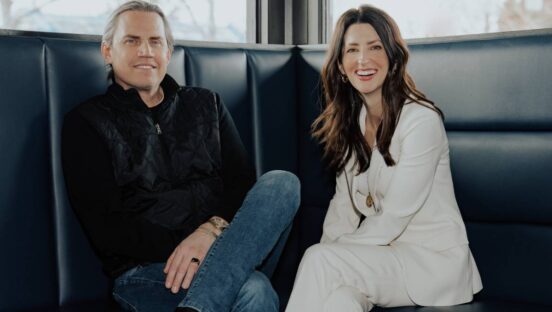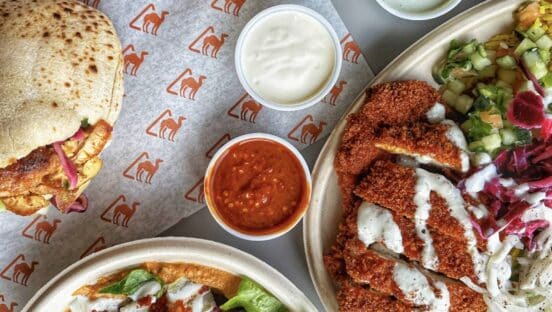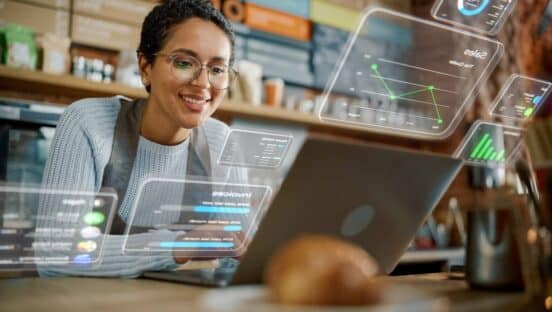Jack Dorsey, who cofounded Twitter and Square, was raised by parents in the quick-service industry. His father owned a pizza restaurant, and his mother ran a coffee shop.
It’s little surprise, then, that Dorsey’s latest initiative with Square is to broaden its use within quick serves.
Square offers a small credit card reader that plugs into iPhones, iPads, and most Android devices. Businesses download the free Square Register app to link the credit card reader to their bank accounts, plug the one-inch reader into the device of their choice, and are set to accept credit cards for a fixed 2.75 percent swipe fee.
Mostly used by independent business owners—dog walkers, personal trainers, and the like—since its 2009 inception, Square is now making a push for quick serves big and small by touting Square Register as a POS alternative that is easier and cheaper to use than credit card machines. And operators from street vendors to Starbucks are taking note of its strong analytics and simple swipe fee.
“We want to build a system that scales to any sort of commerce, where we are using devices you already have, and make it as cheap as possible to do,” says Dorsey, Square’s CEO, on a breezy April morning in New York City. He chatted about his plans with Square Register while sitting outside Little Muenster, an artisanal grilled cheese shop whose POS system is an iPad with the Square software and a ticket printer.
“A standard POS and credit card system would have set me back about $5,000–$10,000,” says Adam Schneider, owner of Little Muenster. “But, like a lot of people, I already had an iPad.”
Schneider downloaded Square Register, bought a receipt printer, and was in business for a few hundred dollars. He says a major selling point was Square’s portability—Little Muenster is a popular vendor at NYC foodie festivals throughout the year—and the swipe fee.
“We went around and asked merchants how much they pay in credit card fees, and the first answer was, ‘I don’t know,’” Dorsey says. “And the second answer, after about a week, was, ‘I looked at my statement and finally figured out 5 percent.’ And once they see that, they’re like, ‘What is going on here?’”
The existing credit card system is obscure, Dorsey says, because the fees are not upfront or fixed. The amount that flows into a merchant’s account after a transaction depends on the brand of card, the issuing bank, and the rates set by an outside merchant processor, and the money may take five to 10 days to process.
Square threw the circuitous accounting equation out the window. The flat 2.75 percent fee was one of the first ideas Dorsey built into Square, and the rest goes into a merchant’s account the next day.
Square Register also tallies how many items a store sells each day, providing simple data that small quick serves may not have access to.
“We had a merchant in St. Louis who determined that he was selling a few cappuccinos at the very end of the day,” Dorsey says. “He extended [the store’s hours] by another hour, and his business went up 20 percent. He would not be able to tell that otherwise.”
The latest updates to Square Register are a custom order modifier, which responds to customer requests such as “hold the jalapeños,” and customizable kitchen tickets, intended to increase loyalty by putting a name and face on an order. At Little Muenster, while Dorsey spoke, orders 56, 57, and 58 became Hannah, Sally, and Amanda.
In August, Square’s mix of simplicity and savvy attracted Starbucks to announce a partnership with the company. Starbucks began implementing Square’s credit card reader in participating stores and invested $25 million in the company. Starbucks president and CEO Howard Schultz also took a seat on the board of directors.
Despite the successes, Dorsey says, restaurant operators from time to time resist the idea of Square. “They think, ‘When something works, why change it?’” he says.
In Square’s early development days, Dorsey put the company’s best engineer in a room with a $500 cash register and asked him to program the time. When Dorsey came back to check on him four hours later, the engineer still hadn’t figured it out.
He says he understands merchants who like their tried-and-true POS systems, but adds that old technologies ultimately slow down operations, cause missed sales, and provide no information about how the restaurant did during the day.
“My mother had a coffee shop in St. Louis, Missouri, and she had three employees,” Dorsey says. “She did not want to grow it; it was her lifestyle, and she loved it. Howard Schultz had a coffee store in Seattle, and he wanted to see it go around the world. What they both deserve and need is data to make those decisions.”

